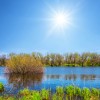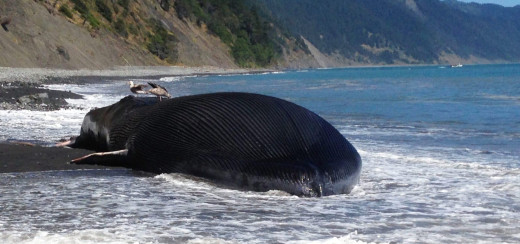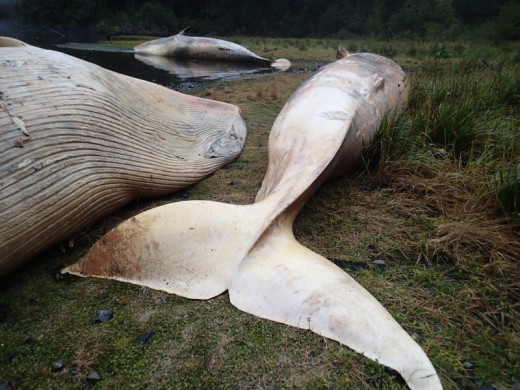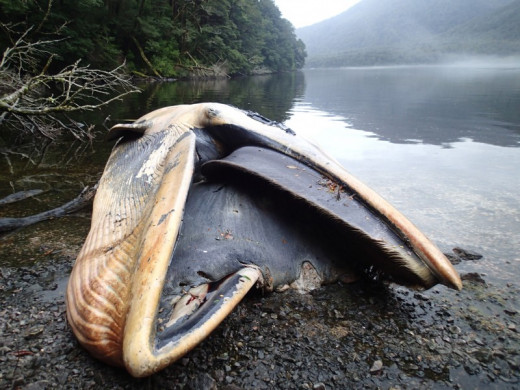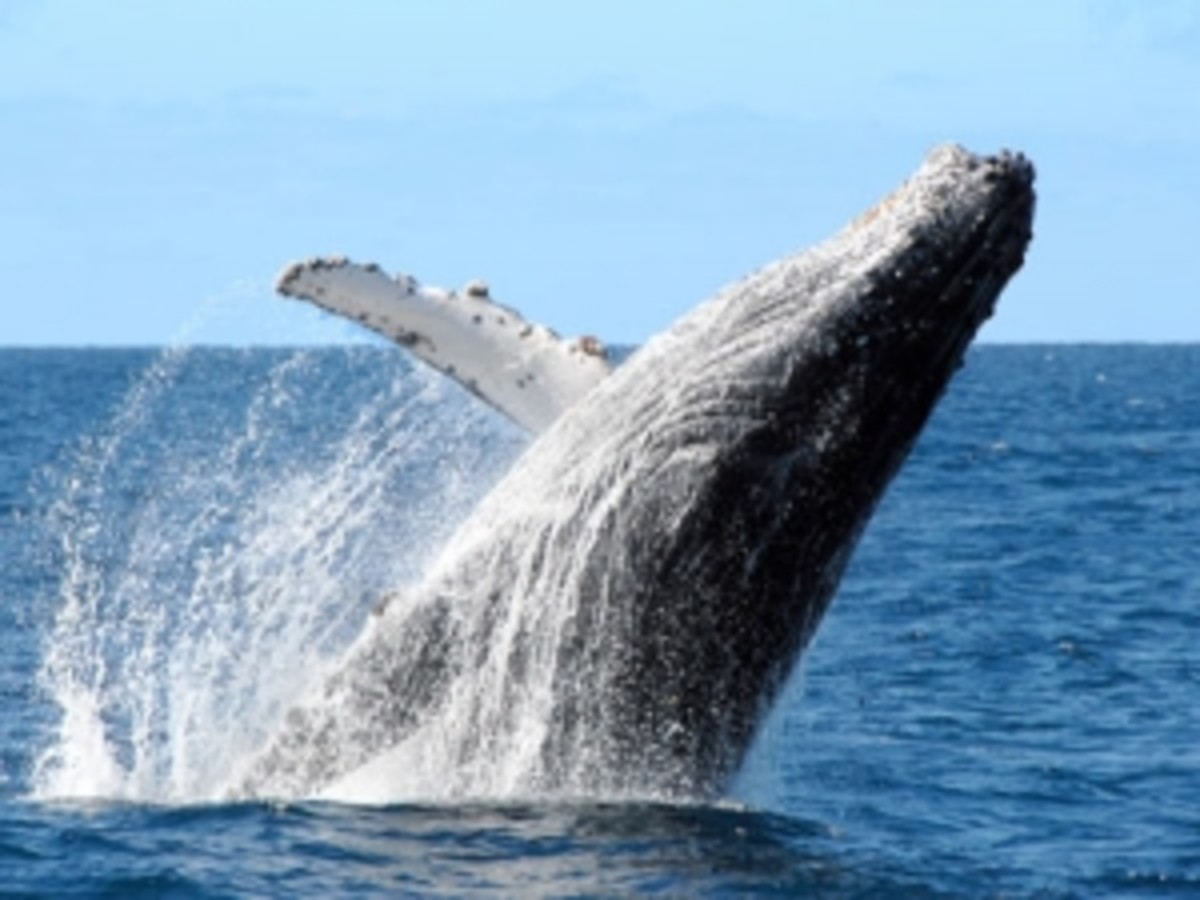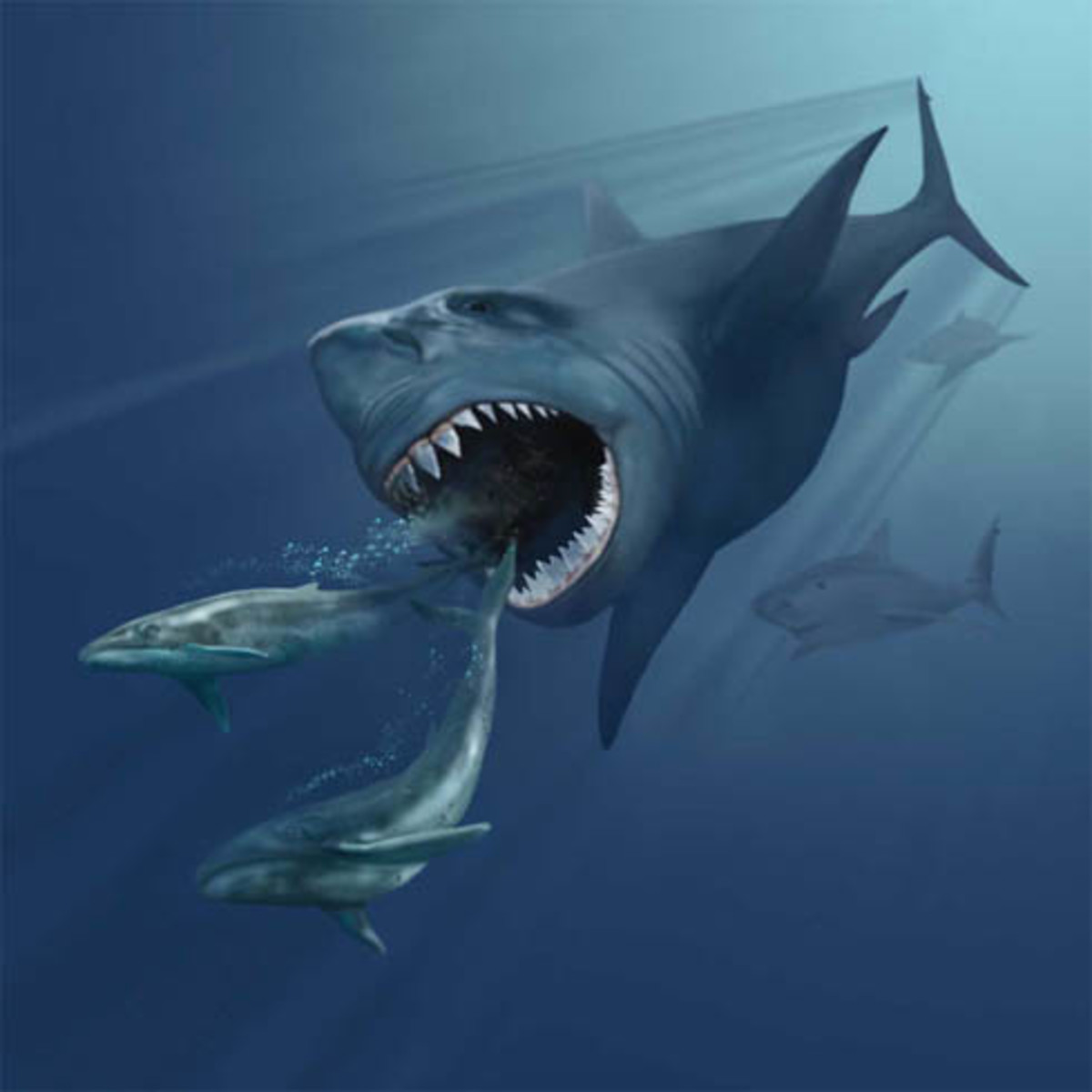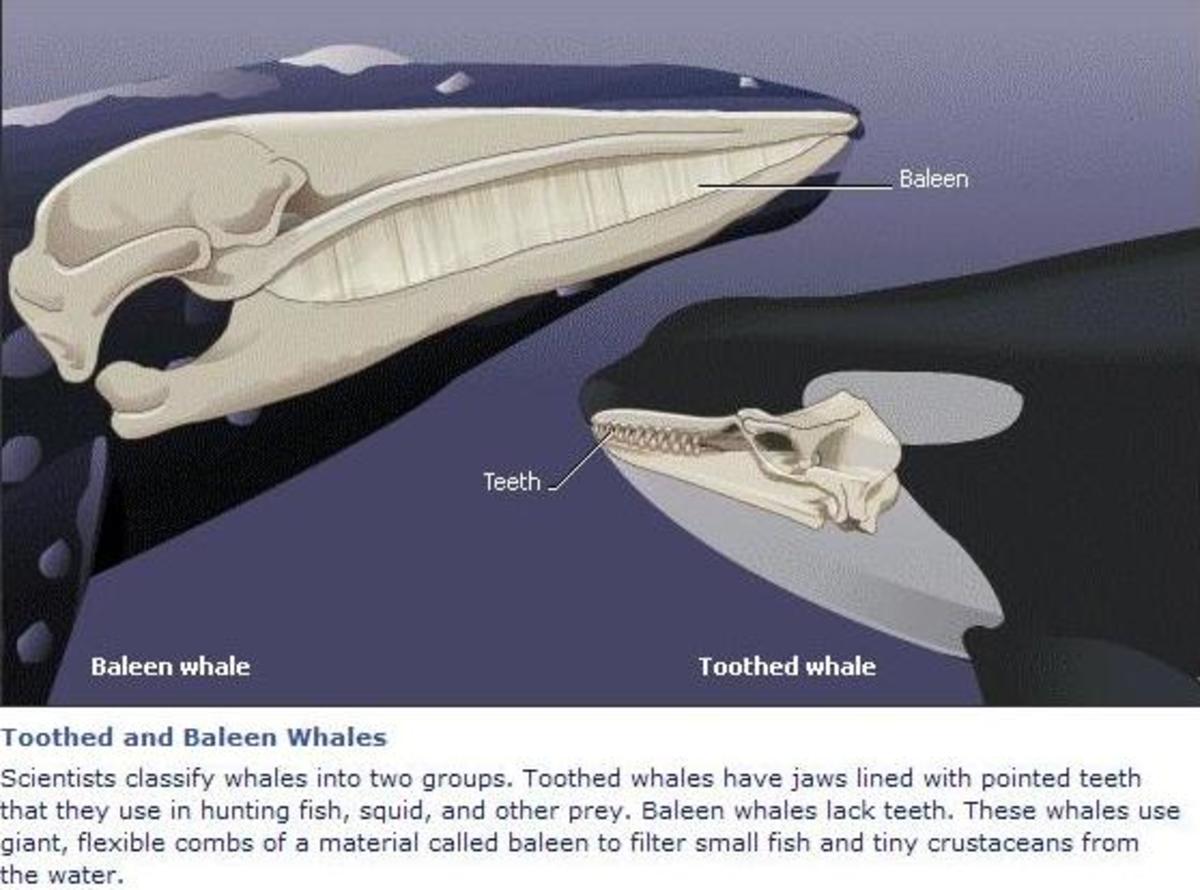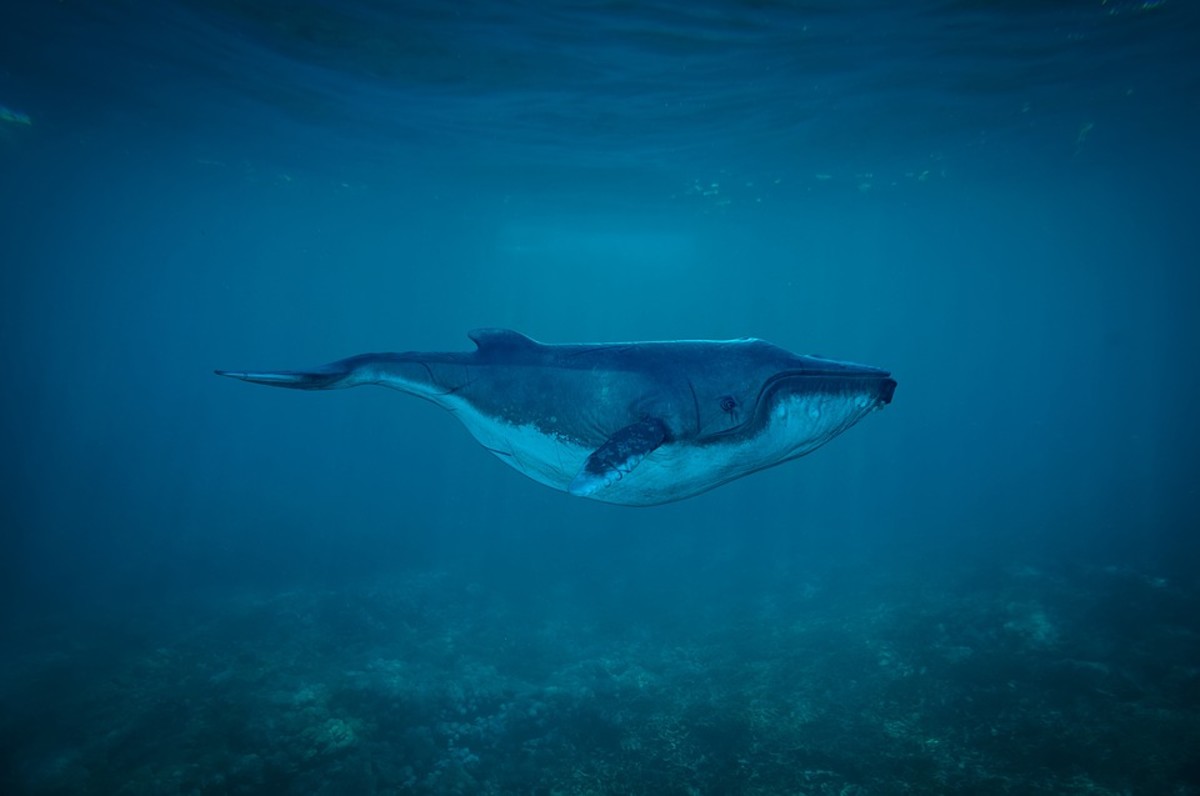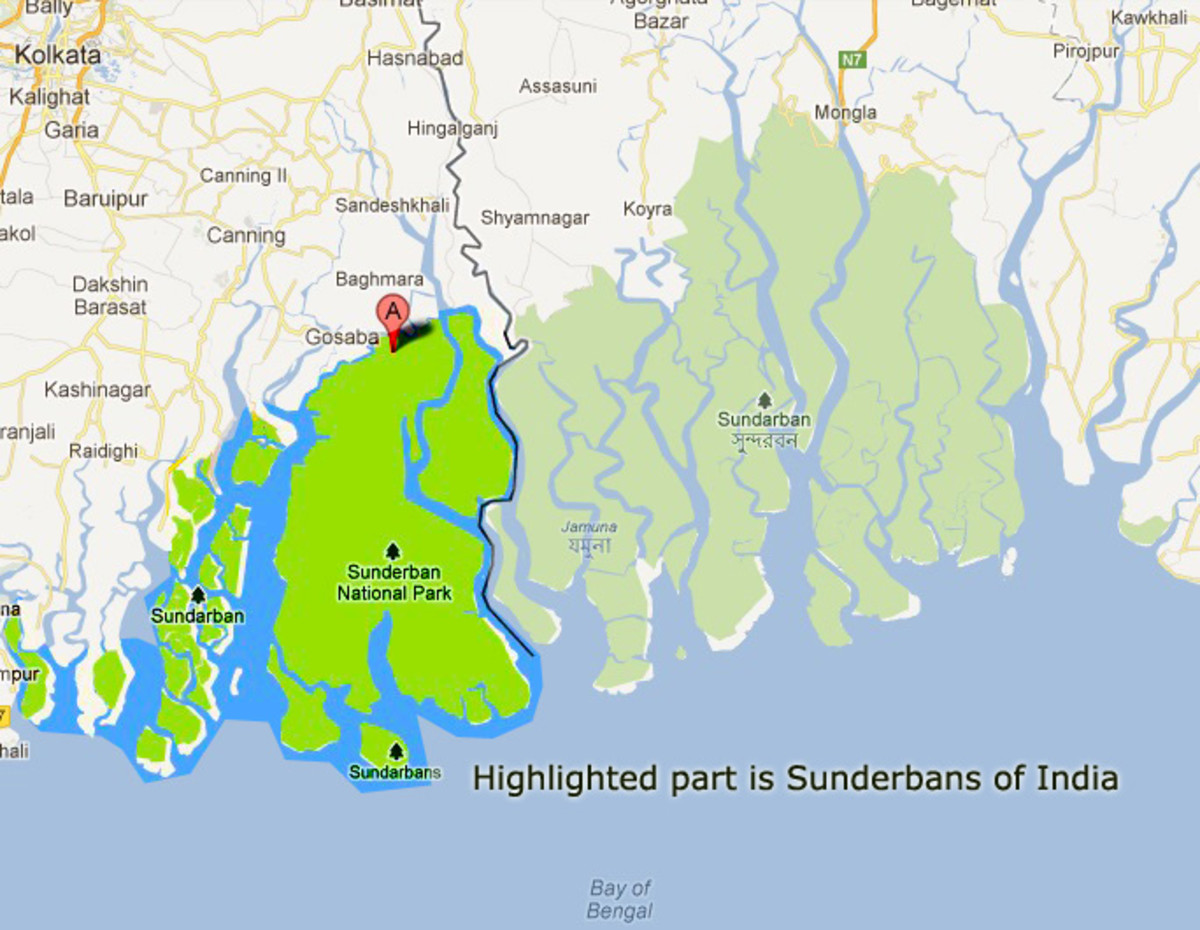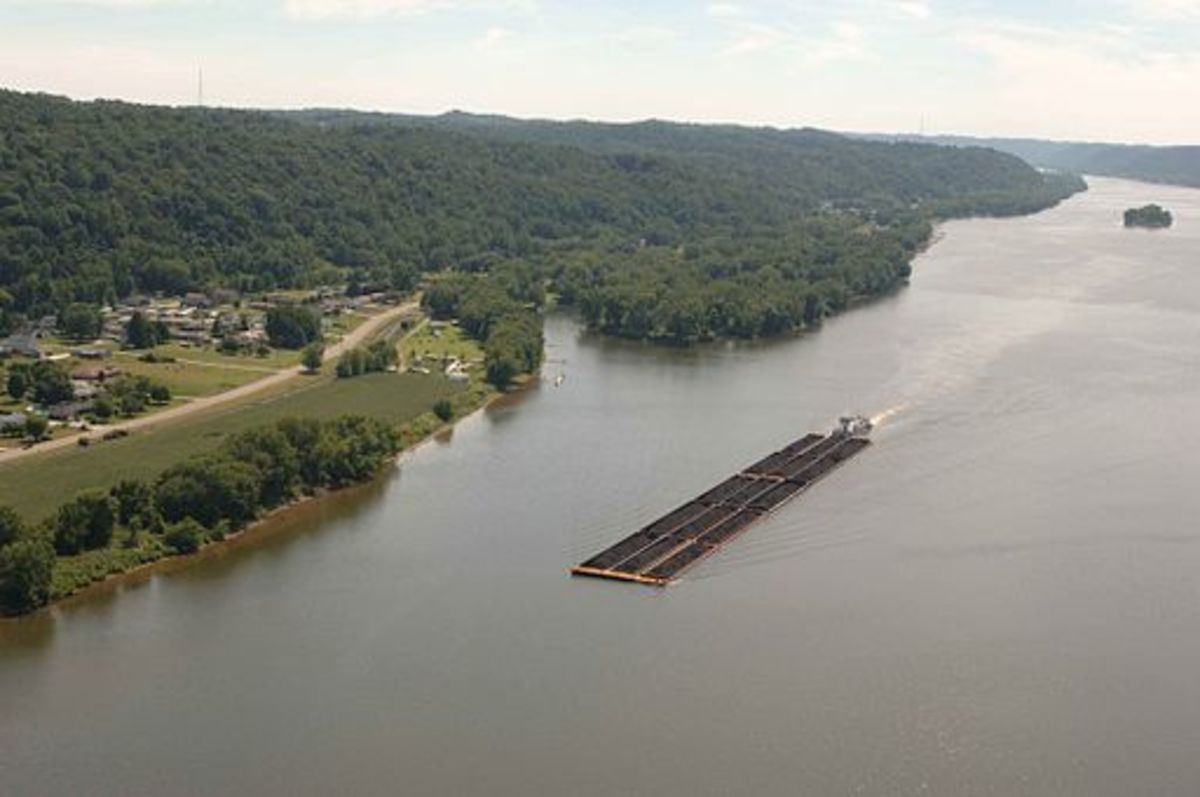337 Sei Whale Die in Chilean Patagonia

The Patagonian coasts comprise cliffs hindered on occasion by territories of extraordinary dunes. The water temperature differs a great deal along the coast. In the north, the sea gets the impact of warm currents from Brazil that enter the San Matias Gulf, warming the seashore waters in the territory. Further down south, you can sense the chilly streams from the Malvinas Islands, which bolster the life of creatures ranging from species like the penguins, elephant seals, and birds belonging to the Antarctic fauna.
The landscape of Patagonia is desert-like, with rare vegetation, aside from the lower valleys of the Negro and Chubut rivers. The distances as in the rest of Patagonia are huge and the populated centers are scattered. There is an inordinate number of virgin beaches, but fauna and adventure are the key characteristics of the region. There are virtually over 500 species of animals that inhabit Patagonia; this includes 60 mammal, 400 birds and a variety of fish, amphibians, and reptiles. Further in the sea, whales and dolphins inhabit the vast waters.
On 23 June 2015, an observation plane flew over the Atlantic coastline of Patagonian Chile for an observation. The plane flew over the expanse of a 100,000 square miles of pristine wilderness with permission granted by the National Geographic Society Waitt Grants Program to Carolina Simon Gutstein of the ‘Universidad de Chile’ and ‘Consejo de Monumentos Nacionales de Santiago’. Carolina and her colleagues were on board the plane for an observation flight over the region.
As the plane passes above a remote inlet, Carolina’s camera captures a series of white anomalies on the shore below featuring large objects lying across it. From the far distance, it is hard to tell exactly what the figures are. When the crew flew lower, they discovered a scene of true horror; hundreds of whale corpses littered the secluded shoreline.
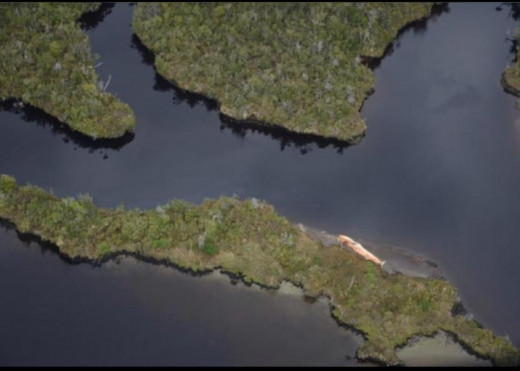
The crew was stunned at the horrific sight before their eyes. The carcasses seem to be of over 337 dead whales, which is an unthinkable and unprecedented biological catastrophe. Experts are bewildered and it seems like this is one of the largest mass whale deaths recorded in history. Seeing the gravity of the situation and the extent to which the population of the whales was affected, something very dire must have happened to affect this many whales at the same time. Marine biologists, Rob Nelson, studied the footage to identify which species perished on these shores. Although scientists have not been able to examine the bodies directly, but based on the footage, it was deduced that the whales are from the ‘Sei’ breed.
The ‘Sei’ whale is categorized by the dark grey and irregular white markings on their body. This kind of whale can grow over to 50 feet in length and weigh over 28 tons, which is equivalent to four African bull elephants. In other words, the ‘Sei’ whales are a true heavyweight of the seas.



Scientists like Nelson wondered what type of predator could takedown these colossal beasts and could only come to one logical deduction. There is only one other marine mammal that can actively hunt and kill a large whale-like the ‘Sei’ whale. The only viable explanation would be the ‘Orca’ or ‘Killer Whale’ that contributed to the mass killings of the ‘Sei’ whales.
The ‘Orca’ or ‘Killer Whale’ is a toothed whale belonging to the oceanic dolphin family, of which it is the largest member. ‘Killer whales’ have varieties of diet, although individual populations often specialize in particular types of prey. ‘Orcas’ are apex predators and no animal preys on them.
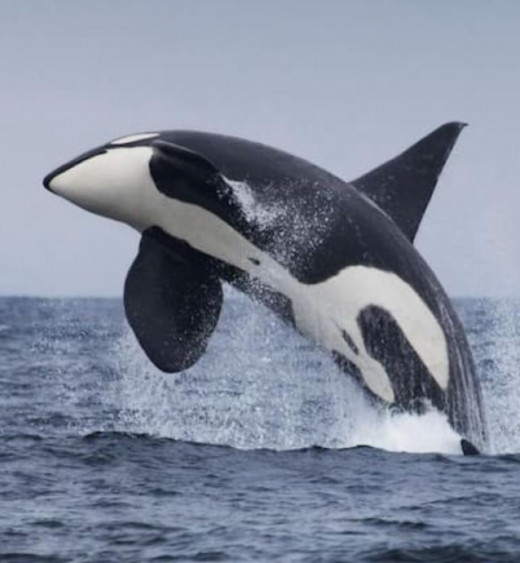
‘Orcas’ can be found from the Polar Regions to the Equator and they often frequent cold coastal waters. They are at the top of the food chain and have very diverse diets, feasting on fish, penguins, and marine mammals such as seals, sea lions, and even ‘Sei’ whales, employing teeth that can be four inches long. ‘Orcas’ or ‘Killer Whale’ are even known to grab seals right off the ice and they are fantastic hunters that essentially work like a pack of wolves in the sea.
Another science journalist, Haley Chamberlain studies the image and contests the ‘killer whale theory’ - a pack of ‘Killer Whales’ working together to cause such damage. However, given the circumstances the carcass of the ‘Sei’ whales was found, it is unlikely that the damage was caused by the ‘Orca’ or ‘Killer Whale’.
On another hand, another theory was proposed concerning the occurrence of casualty. The death of the ‘Sei’ whale could have happened due to a potential bloom of toxic microorganisms, called the ‘red tide’. The ‘red tide’ plague has been known to be the cause of the death of whales around the Patagonia region in the past. Nonetheless, this theory has yet to be confirmed, only when scientists can examine the corpses of the dead whales directly.
